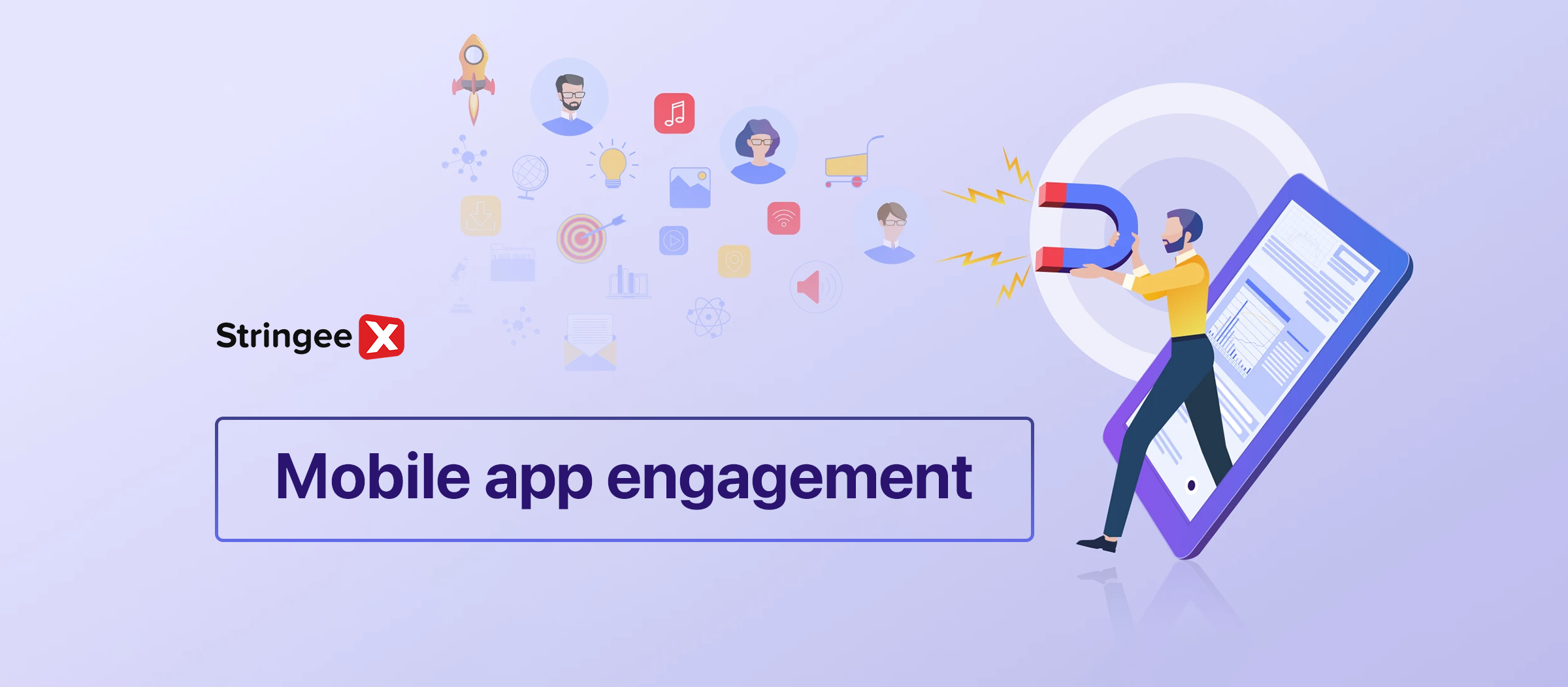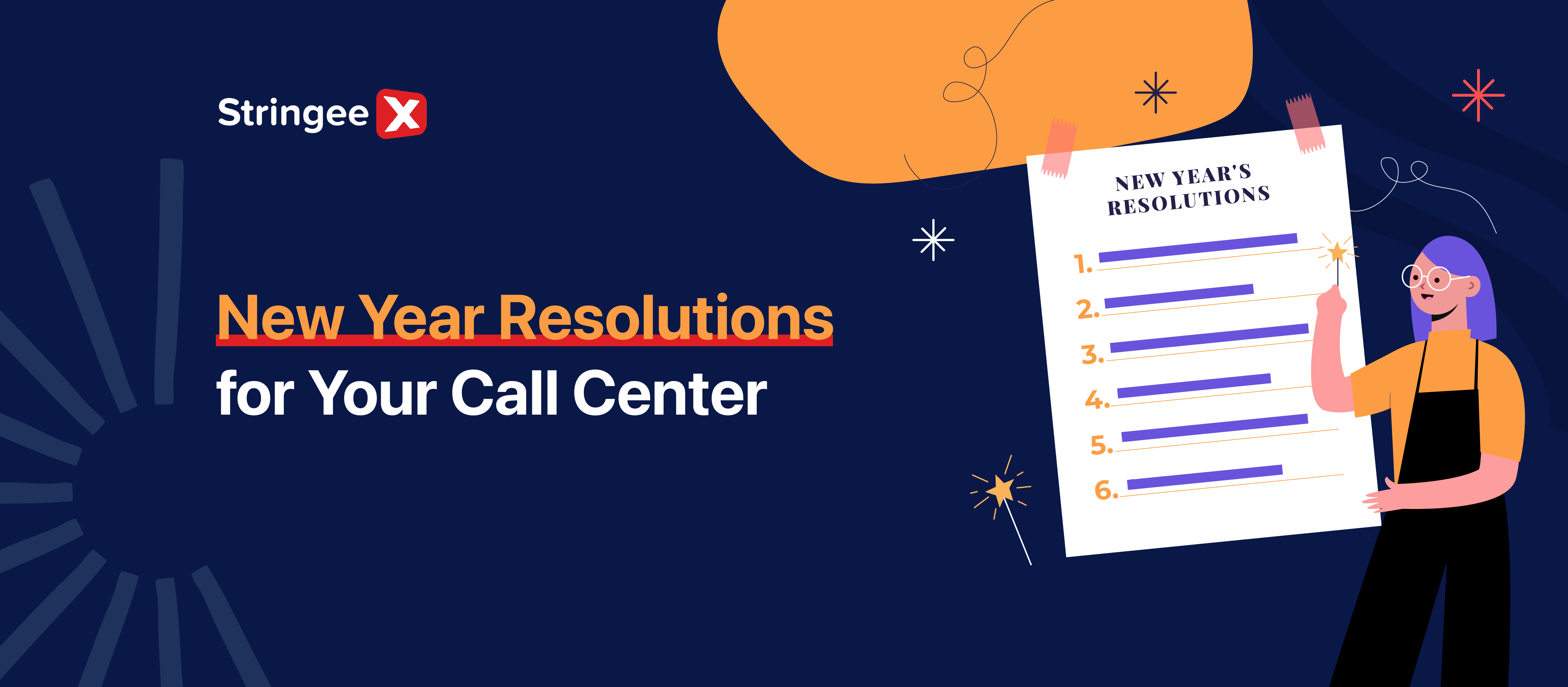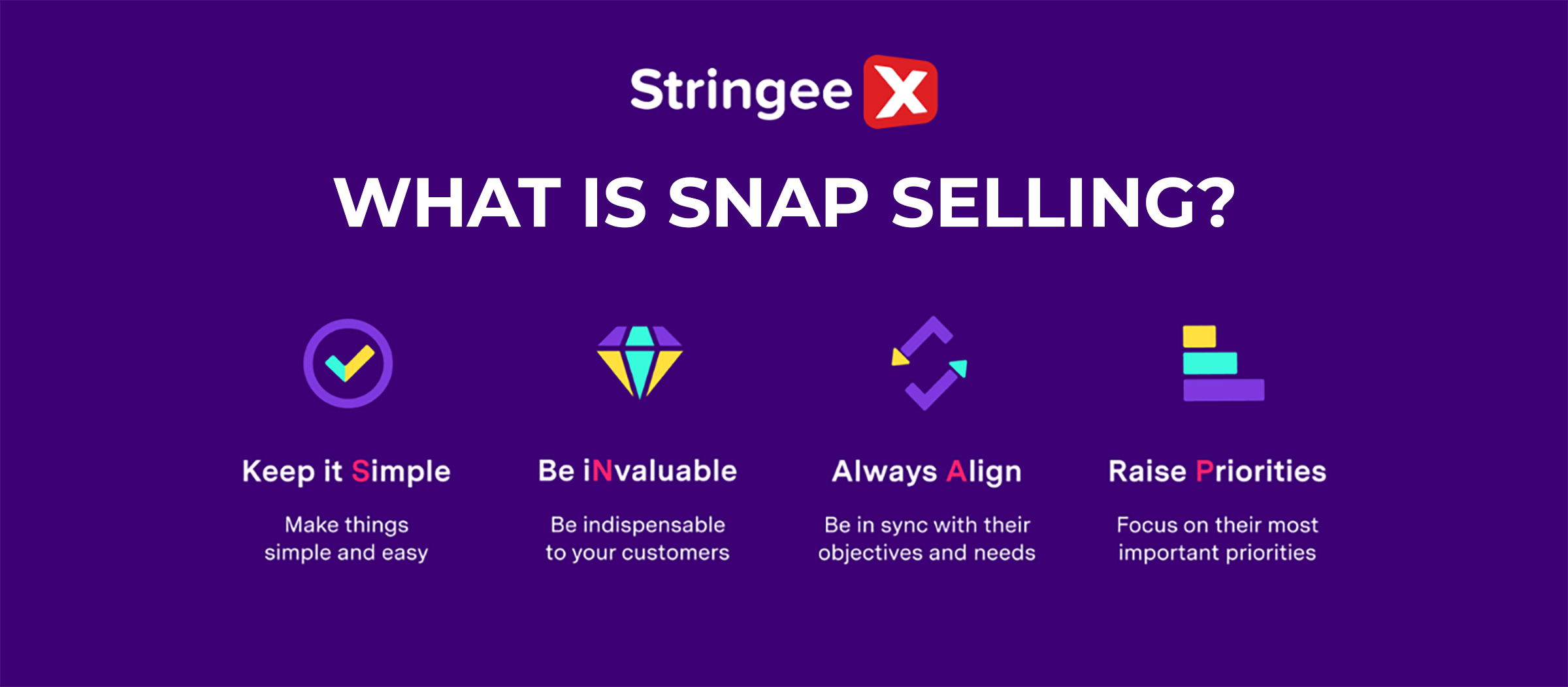Introduction
These days, users know exactly what they want, and they will not settle for anything less. Though it’s a website or an app, if something feels clunky or doesn’t meet their expectations, they will switch to the next soon enough.
That’s why increasing mobile app engagement is more important than ever. Because it’s not just about the installs! It gives users an experience in which they actually want to dwell. Follow us to discover 10 effective methods to keep your customers.
Increasing mobile app engagement to keep your customers - Source: PxHere
What Is Mobile App Engagement?
Mobile app engagement is the connection users feel with your app. It shows up in how often they use its features and how much value they find in it. Simply put, it’s a snapshot of how well your app resonates with its audience.
Strong engagement is essential. It drives more in-app spending, useful feedback, and long-term growth. By keeping an eye on metrics like time spent, user actions, and churn rates, you can fine-tune your app to deliver a better experience.
High engagement doesn’t just mean people are using your app. It means they’re sticking around and choosing it again and again.
Why Does Mobile App Engagement Matter?
Builds Trust And Credibility
If users use your application, it means that your business is trustworthy and creates some value. The more engaged your users are, the more they will share their experiences with others, creating a big community of ambassadors who can help build trust. Word-of-mouth becomes a great booster of credibility.
Increases Customer Retention And Value
By focusing on engagement, you’re more likely to retain your users and grow their lifetime value. Engagement lets you know where to make improvements, which will allow you to make adjustments to keep those users coming back for more, which drives revenue.
Helps You Understand Your Users Better
Monitoring user engagement shows you what your audience wants. The more engaged users are, the more you learn about their preferences, which enables you to improve your app and offer them more than what they expect.
Mobile App Engagement builds trust among customers - Source: Flickr
How To Increase Mobile App Engagement?
Streamline The Onboarding Process
The first impression of your app can make or break a user’s experience. If the onboarding process is confusing or doesn’t immediately show value, users are likely to move on quickly. That’s why it’s so important to make the first steps as smooth and welcoming as possible.
Focus on simplicity to improve the onboarding experience. Make your interface user-friendly, where a user can personalize the way he wants. Just let the users see the value your app is going to create and, if possible, make them greedy for the same with incentives.
Segment Your Audience & Personalize The Experience
Why treat all users the same if not all users are the same? Segmentation helps you make your audience targetable and create personalized experiences for higher engagement and greater sales.
You should segment based on location, behaviors, or time spent within your app. Deliver value to each group with relevant content and push notifications to make the user feel special.
A personalized experience can raise retention and reaction rates by as much as 400%. Leading apps like Spotify and Airbnb do that, and you can do it too, turning users into loyal customers.
Segment your customers to deliver relevant content - Source: Wikimedia Commons
Optimize Push Notifications
Push notifications can drive engagement, but only if they’re used carefully. Too many generic ones can annoy users and lead to uninstalls.
To make them effective, time your notifications well, such as reminding users about abandoned carts, offering discounts, or announcing sales.
Personalizing these messages increases the chances of users returning and engaging. When done right, push notifications can lower abandonment rates and keep your app at the top of your mind.
Leverage Gamification
Adding a bit of fun to your app can significantly boost user engagement. One great way to do this is through gamification, which taps into users’ love for challenges and rewards.
Consider offering rewards for actions within the app, like completing tasks or making purchases. You can also introduce badges to help you reach milestones or use the app over time.
For a more interactive experience, try location-based challenges, where users can earn discounts or rewards for completing tasks in-store or at specific places.
Retarget Lost Users
Not every marketing campaign hits the mark, but that doesn’t mean the game is over. Retargeting is a powerful tool that can help you win back users who’ve slipped through the cracks. Show personalized ads and offer tailored experiences through deep links. It helps you remind these users why they loved your app in the first place.
While it’s easy to focus on attracting new users, don’t forget about the loyal customers who are already on board. They tend to spend more over time, so keeping them happy and engaged is key to driving long-term success for your business.
Provide In-App Support
Offering in-app support is probably one of the best ways to engage users and keep them satisfied from the first day they start using your app. Having this, you help users be guided smoothly through onboarding, helping them reach that "aha!" moment without ever needing to leave the app.
You may provide support through live chat, AI chatbots, supporting FAQs, interactive guides, or community forums. Today's users appreciate the possibility of choosing between self-service options and real-time assistance. In fact, 51% of people prefer chatbots for quick help.
If you need support for customer service, StringeeX brings a powerful omnichannel contact center that helps you to control every channel.

Incorporate Social Components
Adding social features to your app can surely help retain users. Some studies even claimed that by doing so, the retention of users might increase up to 2.7 times.
All you have to do is provide space where users can share experiences and communicate with each other. You can use an in-built chat feature or a community section where they can not only chat but also group up and build relations with one another.
Promote Feature Discovery
Not all users will immediately explore every feature your app has to offer. To ensure they don’t miss out on key functions, make it easy for them to discover what’s available.
You can highlight important features right from the start on your app’s description, welcome screens, and during the onboarding process. You can also use in-app or push notifications to gently remind users about features they might not have tried yet.
Use Omnichannel Marketing
Omnichannel marketing is all about meeting your users through in-app notifications, email, social media, telemarketing, or SMS. The key is to deliver a seamless, consistent experience across all these channels.
This builds trust and shows attention to detail by reaching the users with a unified message on multiple channels.
Test And Iterate
Ongoing testing of onboarding, design, and overall performance of your application is important for the proper engagement of users. PostHog and Amplitude help you track user behavior through real value into points that might be obstacles to your users.
A/B testing will allow you to run experiments with features, such as different onboarding flows, to understand what works best for types of users.
A/B testing helps you track user behavior - Source: Seobility
How To Measure Mobile App Engagement?
Measuring mobile app engagement will help in understanding how your users interact with the application and those points that need an update. You can track it using user analytics tools like Google Analytics or Firebase.
It will provide insight into user behavior, time spent in-app, frequency of visits, and more. User retention refers to the frequency at which users return to your application over time.
The reviews in the app store will be very helpful in learning users’ satisfaction, and in-app surveys will directly help you to know. You can test different versions of your app with A/B testing and see where users interact most with heat maps to fine-tune for better results.
Conclusion
Mobile app engagement is about making users feel special and not experiencing any hitches. Onboarding smoothly, personalizing content, and truly listening to user feedback are a few factors that can help businesses maintain user interest.
For more insights on mobile app engagement, contact StringeeX today!











